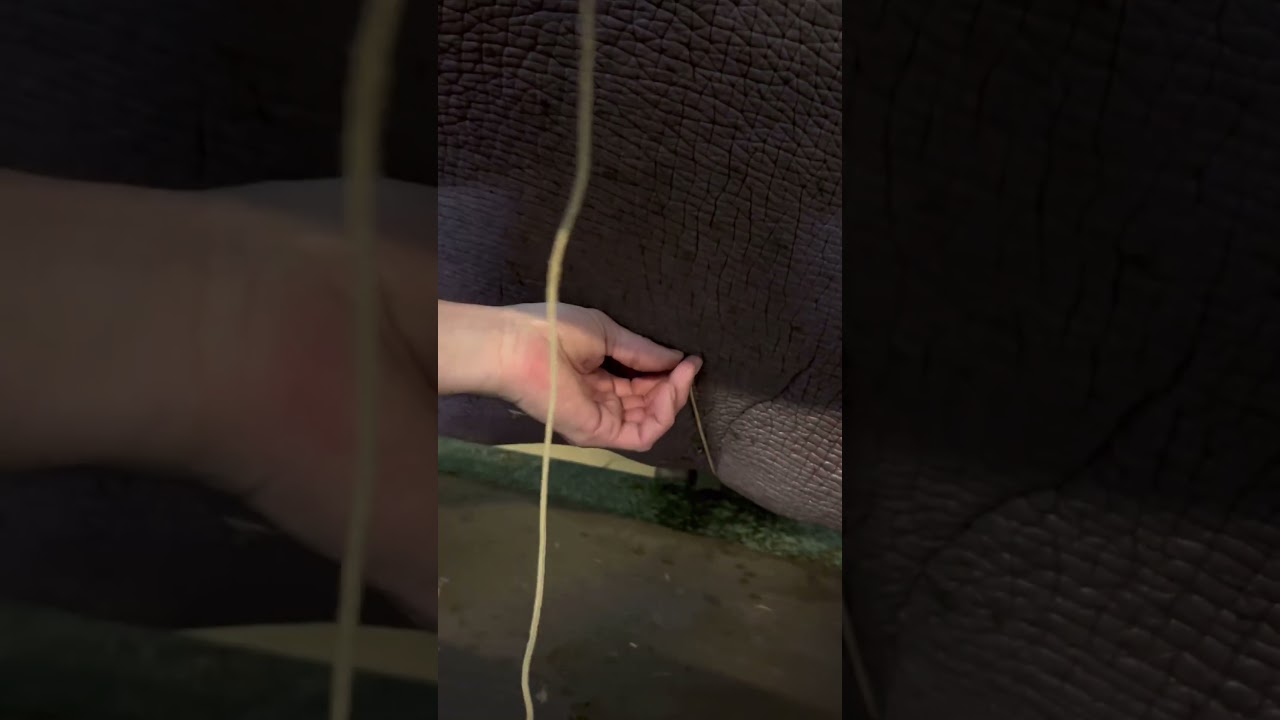– Strategies for measuring a hippopotamus safely and accurately
– The significance of hippopotamus measurements in wildlife conservation and zoo management
– Innovative tools and technologies employed in measuring large wildlife species
– The challenges encountered during the measurement process
– The contribution of accurate data to global wildlife conservation efforts
Measuring a hippopotamus presents a unique set of challenges and requires a combination of safety, precision, and innovative methodology. These semi-aquatic mammals are amongst the largest creatures on land and present a significant challenge to researchers and wildlife managers who aim to obtain accurate measurements for conservation, health monitoring, and scientific research purposes. Accurate measurements serve as crucial data points in understanding these animals’ health, growth patterns, and well-being, both in the wild and in captivity.
Safety protocols are paramount when measuring a hippopotamus. Despite their mostly docile appearance, these animals are considered one of the most dangerous animals in Africa, known for their territorial nature, especially if they feel threatened. Therefore, the process often requires the animal to be sedated under the strict supervision of veterinary professionals. Sedation provides a window of opportunity for researchers to conduct the measurements without distress to the animal or risk to the human team.
The significance of these measurements cannot be overstated. For wildlife conservationists, understanding the average size and growth rates of hippos helps assess populations’ health within their natural habitats. This data is instrumental in identifying potential threats from environmental changes, disease, or human activities. In zoo management, accurate measurements ensure appropriate care, diet, and habitat size to meet the specific needs of each hippopotamus, contributing to their overall well-being and longevity in captive environments.
Innovative tools and technologies have revolutionized how measurements of large wildlife species like the hippopotamus are taken. Traditional tape measures have given way to more advanced solutions such as laser distance meters and photogrammetry. These technologies allow for non-invasive, quick, and accurate collection of data. Photogrammetry, for example, uses photographs taken from different angles to create accurate 3D models of the animals. This technology ensures the safety of both the hippopotamus and the researchers and provides a more comprehensive set of data, offering insights into aspects of the animal’s physical condition that were previously difficult to obtain.
The process is not without its challenges. Apart from the risk of working near these massive animals, the logistic and technical issues involved in sedation, measurement, and data processing are significant. Researchers must work diligently to overcome these obstacles, often improvising and adapting their methodologies in response to the conditions on the ground. However, the value of the data collected far outweighs these challenges, offering critical insights that aid in protecting and preserving these majestic creatures.
Through the accurate measurement of hippos, wildlife conservationists can track growth rates, monitor health, and detect early signs of malnutrition or disease, vital for timely intervention and treatment. This data contributes significantly to global wildlife conservation efforts, providing evidence-based insights that guide policy and decision-making processes to safeguard the future of the hippopotamus populations.
Measuring a hippopotamus symbolizes a larger commitment to wildlife conservation and responsible zoo management. It reflects an ongoing effort to better understand and protect one of the planet’s most iconic species. Researchers and conservationists continue to make significant strides toward the sustainable coexistence of humans and hippos by employing careful strategies, embracing technological advances, and overcoming measurement challenges. Through these efforts, the accurate measurement of hippos plays a critical role in ensuring their survival and thriving in the wild and controlled environments.
*****
Source Description
How do you measure a hippo? 📏
Hippos are big – really big. A key part of Animal Care, Health, & Welfare is carefully tracking weights and measurements to monitor an animal’s health. We recently went behind the scenes to see the female hippo ‘Sparky’ get measured. 🦛
Our creative Animal Care, Health, & Welfare team uses a piece of Kevlar string to measure Sparky because it won’t stretch and provide an inaccurate measurement. Every hippo has a crease on the underside of its belly, and using this as a starting point, Animal Care Supervisor Mona and Animal Care Technician Ryan wrapped a string around Sparky to measure her girth, then lined up the string against a measuring tape. The result? Our girl is a healthy 10.4 feet in circumference! 🤯
#YourZooYYC #AnimalWellbeing #shorts #reels #hippo #animalcare


